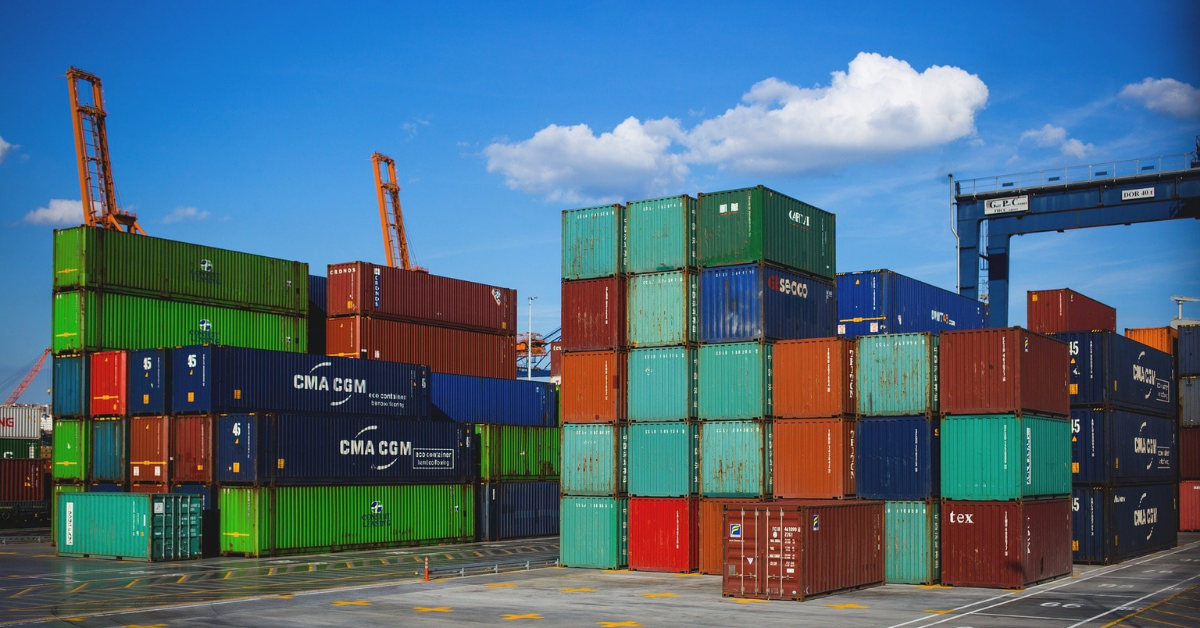
Following the very successful ‘Helping SMEs Build Resilience‘ training sessions delivered by Q Pulse, we’ve reached out to Dima Abou Moussa, Trainer and General Manager of Q Pulse Consulting to share with us her top 10 tips to SMEs in the realm of export readiness and preparing for export markets.
The ‘Helping SMEs Build Resilience Program’ was launched by Berytech under The Rapid Response and Recovery Programme, led by Youth Business International (YBI) and funded by Google.org, to support underserved micro, small and medium businesses to respond to the COVID-19 crisis.
Export Readiness
In addition to bringing in hard currency to Lebanese companies struggling with the financial crisis, export helps companies increase their sales volume and reduce their costs. All companies no matter their size can become exporters. Certain prerequisites must nonetheless be met for a company to be labeled export ready.
A company must first conduct a thorough introspection of its structure, product readiness, and production capacity, followed by an in-depth analysis of the destination country/countries (legal and other requirements, market characteristics, distribution channel…).
In practice, our ten-step manual has guided numerous companies to become first-class exporters:
Branding
Maintaining a digital presence is a must when introducing your company to a potential customer. Visual cues including a beautiful logo and label, success stories posted on your social media, testimonials from a satisfied customer will all go a long way in promoting your company and products. Depending on the markets of interest, you may need to consider translating your website.
You also need to have a trading name. Check whether trademarks and copyrights apply in the target market. Also, check if your brand name or logos have any negative cultural connotations in the target market.
Understand the export business
Various webinars can provide you with a basic understanding of export logistics and dynamics. You should familiarize yourself with distribution strategies (physical presence, online e-commerce, local distributors, or partners). You will also learn different strategies to approach international markets and how to review and negotiate agreements with potential partners.
Evaluate your product’s readiness
Each country has its own requirements for shelf-life, approved additives, health or nutrition claims. Storage conditions and how the product is treated can have a major impact on its functions and shelf-life. International markets may also require conformity to certain standards of quality, either by law or in practice (many distributors in China, Canada, and UAE request ISO 22000 from producers. Egypt requires ISO certifications for products entering its market). Anticipating these constraints in defining product packaging, formulation, and production processes are essential.
Know thyself
Understand your strengths, capacity, and weaknesses in order to properly target your customers. Measure your production capacity and investigate your ability to expand both in human and material resources to satisfy a growing demand for your products. Address previous non-conformity incidents and recalls; International recalls are time-consuming and prohibitively expensive.
Select a target market
Unless you have unlimited resources, “start near and small”, by selecting countries that are geographically located nearby, speak the same language, and in which you can benefit from international trade agreements (such as GAFTA). It is vital to conduct desk research on the economic and political stability in the potential new market, their consumption preferences, and import statistics. The Organization for Economic Cooperation and Development and Export Development Canada (EDC) both provide country risk classifications and ratings.
Conduct due diligence
Take the time to inquire about any potential distributor or client’s company structure and portfolio: ideally, they will sell complementary not identical products to your own. Analyze their financial health: most countries have records of debarred or sanctioned companies (such as the OECD website page on Bribery and export credits). Once you are comfortable with the selected partner, take time to meet frequently and help them understand your products and unique selling proposition. Also, investigate competitor products and define a route-to-market strategy.
Keep updated legal information
Country and distributor requirements change constantly. Required certifications, vertical and horizontal regulations, local and regional requirements, third-party inspections, or specific laboratory testing requirements are all issues to consider. Maintaining updated legal information is essential to prevent any potential mishaps. Your consultant may help you remain up to date on evolving regulations. Political or phytosanitary concerns in the export market may hinder or even halt access to that market for long periods of time. Since 2015, Australia lost access to its summer fruits to Vietnam due to concerns related to summer flies. On the other hand, it took eight years for China to obtain market access for its white pears to Australia in the 1990s.
Get connected
Develop your network of potential partners to facilitate your export endeavor. This is achieved through participation in trade fairs or virtual exhibitions in your markets of interest. Stamegna for instance helps FMCG importers and exporters connect by organizing online and in-person exhibitions; BizVibe connects buyers and sellers in the manufacturing, farming, educational and other sectors. You may also look for potential buyers on LinkedIn or ask your consultants to provide links.
Mitigate risks
Risks related to export can be reduced through proper preventive measures. You can/should obtain proper insurance where applicable, identify the proper incoterms, provide written quotations, and obtain documented approvals. Clearly define product specifications and expected shipment dates to prevent conflicts further down the line. Last but not least, mitigate risks related to bad debts or delays in payment by asking for irrevocable letters of credit or payments in advance.
Seek assistance
Know that the export business takes time and that there will be setbacks. Do not pull back at the first challenge. Experts are there to help you become export-ready, as well as improve the quality, shelf-life, and overall appeal of your products on the export markets.
About the Trainer
 Dima Abou Moussa, General Manager of Q Pulse Consulting, has assisted more than 100 companies to improve their operational performance, access new markets, and obtain applicable certifications. A passionate results-oriented professional, Dima has been honing her teamwork and management skills for more than a decade. At the helm of her consultancy company, she has induced a palpable quality pulse into the industry, helping clients achieve measurable and ambitious results.
Dima Abou Moussa, General Manager of Q Pulse Consulting, has assisted more than 100 companies to improve their operational performance, access new markets, and obtain applicable certifications. A passionate results-oriented professional, Dima has been honing her teamwork and management skills for more than a decade. At the helm of her consultancy company, she has induced a palpable quality pulse into the industry, helping clients achieve measurable and ambitious results.









